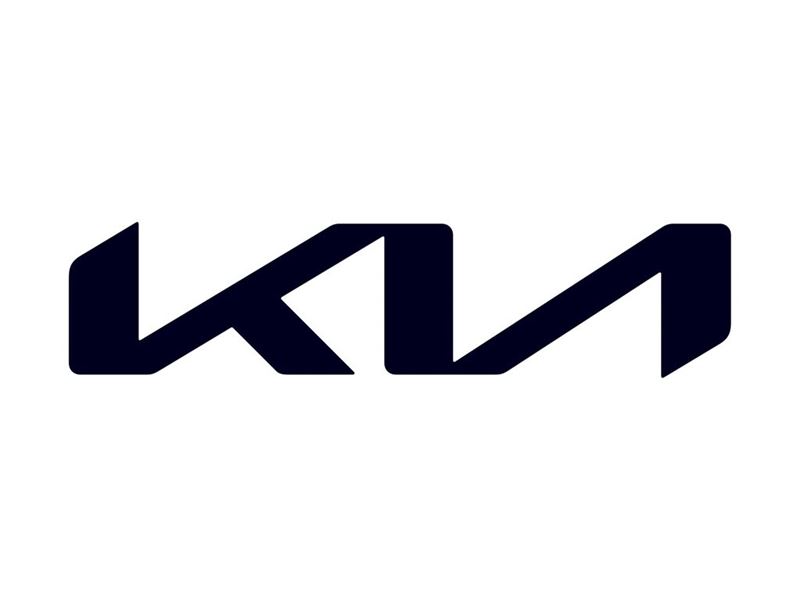Kia Sees +29% Higher Ad Recall with Contextual Ads and Attention Technology


There has always been a debate between cookie-based advertising, which relies on third-party identifiers, and contexutal advertising, which is speciifc to the domain and strategy where the ad appears.
With more than 700 million people worldwide now blocking cookies, there is a big audience that advertisers may miss when relying exclusively on ID-based strategies. When Kia wanted to launch a new campaign to promote the “Niro EV,” the brand wanted to look for ways to get in front of potential buyers but also build awareness with each touchpoint.
The teams at Havas, Seedtag, and Lumen decided to launch a campaign that would prove out the effectiveness of contextual advertising compared to cookie-based advertising. This was achieved by creating a cookie-based ad campaign that targeted a group of consumers based on Kia’s target demographics through cookie-based advertising and a contextual advertising campaign that used Seedtag’s LIZ AI model, which analyzes domains and articles to see which would drive the best performance for specific clients and then targets specific websites based on content categories.
“In contextual advertising, the key is to look beyond the associations related to a brand, model or target group,” says Jeoren Winz, Country Manager Benelux at Seedtag. “The key is to identify audiences and content that at first glance might not be completely relevant to the brief, but through relevant creative communication can still be nicely matched with the brand.”
The results of the campaign showed that contextual advertising doesn’t just match the effectiveness of cookie-based advertising for driving attention and ad recall – it surpasses it across key metrics. This is a promising indication for future campaigns in a privacy-first future, when advertisers start to optimize for attention-first advertising based on what’s relevant to the reader on each article or user of each channel and how to make the ad experience on that medium immersive and interactive, not interruptive.